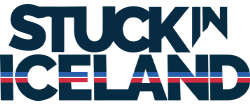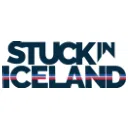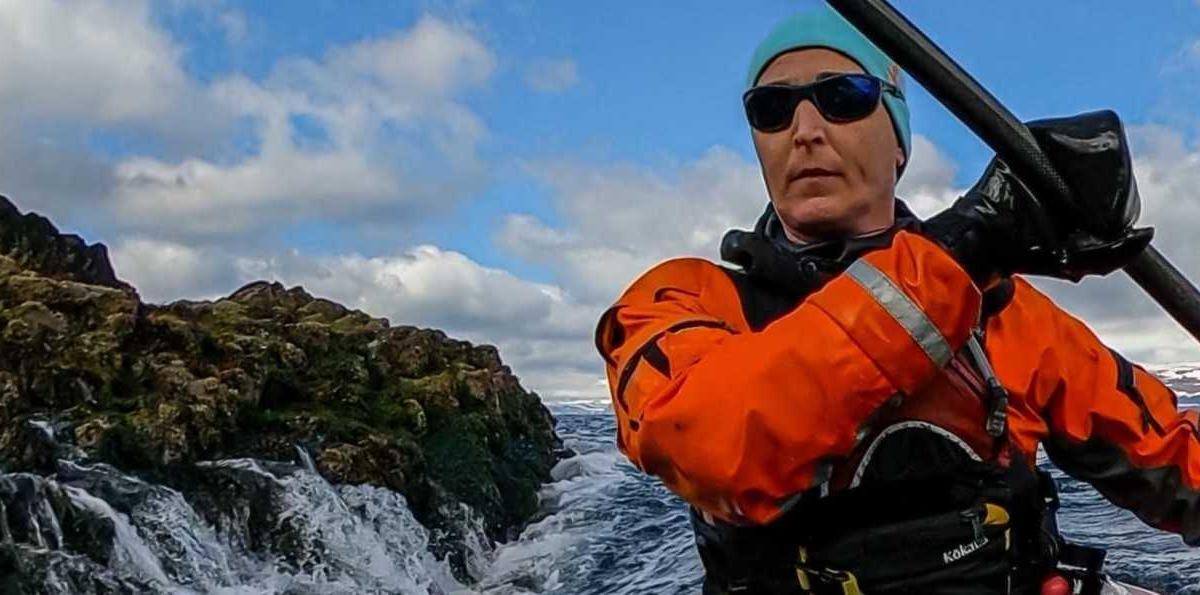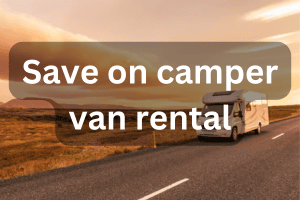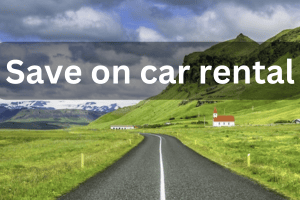Free and exclusive discount codes for hundreds of tours and & travel services in Iceland
Subscribe to instantly receive discount codes for tours, car rental, camper van rental, and outdoor clothing rental. Thank you! ❤️ Jon Heidar, Editor of Stuck in Iceland Travel MagazineThe word ‘legend’ is overused. But I will still want to use it for my latest interviewee, Icelandic kayaker, photographer, and environmental activist Veiga Grétarsdóttir. In 2019 she was the first person to paddle a kayak around the entire island of Iceland. Veiga traveled counter-clockwise against the prevailing currents, covering a distance of over 2.099 kilometers (1.1304 miles) in the frigid North Atlantic in 103 days. This incredible feat and Veiga’s journey of achieving her true self through gender affirmation are documented in the acclaimed documentary “Against the Current” by director Óskar Páll Sveinsson in 2020. So yes, Veiga is a legend in my books.
Fighting against the current
I caught up with Veiga since she has taken it upon herself to document the impact of sea-based salmon farming on Icelandic fjords. Recently, Veiga has created a stir here in Iceland; firstly, she revealed she had refused a lucrative contract to promote sea-based salmon farming. Secondly, she published footage of the poor condition of the sea bed below salmon pens in the Westfjords.
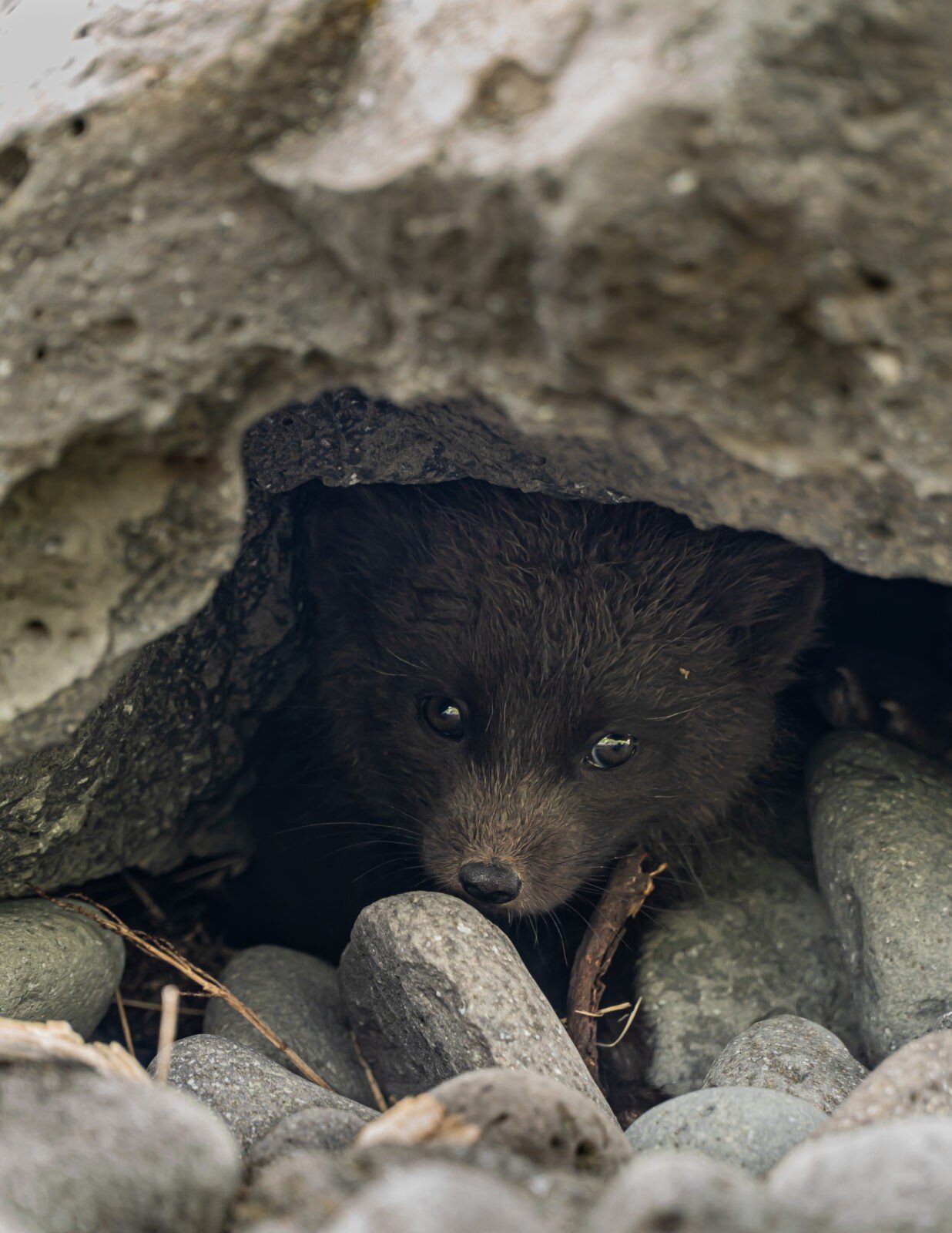
On the 19th of March 2022, Veiga received an award from the Icelandic Nature Preservation Society, Landvernd, for her fight to bring awareness of the effects of sea-based salmon farming in Icelandic fjords. Veiga is a self-described minimalist who wants us to pause and reconsider how humans treat nature and disrupt ecosystems.
Hey Veiga, thank you for agreeing to do the interview. How do you feel about your circumnavigation of Iceland now?
I miss the journey. I want to do it all again. This is the best summer that I have ever had. Life was so simple. The only thing I had to do was sleep, eat, and paddle. Of course, some days were difficult, but this was a unique journey. I learned so much from the trip about nature, currents, and weather, and I got to know myself. Most of the time, I was utterly alone. Some people walk the way of St. James, and this is, I suppose, similar. I rediscovered myself and returned a different person.
You are fast becoming a high-profile environmental activist. How did that come about?
Before my circumnavigation around Iceland in 2019, I did not think about the environment. I had just started on my journey when activist Tómas J. Knútsson from the Blue Army contacted me and asked me to photograph trash on the beaches. I believed that Iceland was clean and pure, but I noticed the terrible amount of waste that litters our beaches. This cast a pall on my journey. The whole southern coast has so much garbage on the beaches. Unfortunately, the same is true for Hornstrandir in the Westfjords and Melrakkaslétta in the northeast. Most remote coves and beaches have a lot of trash. This made me think, and I now often stop on my travels to pick up trash that litters the landscape. And like I said, I came back from my journey a different person and realized that nature is the most important thing for me.
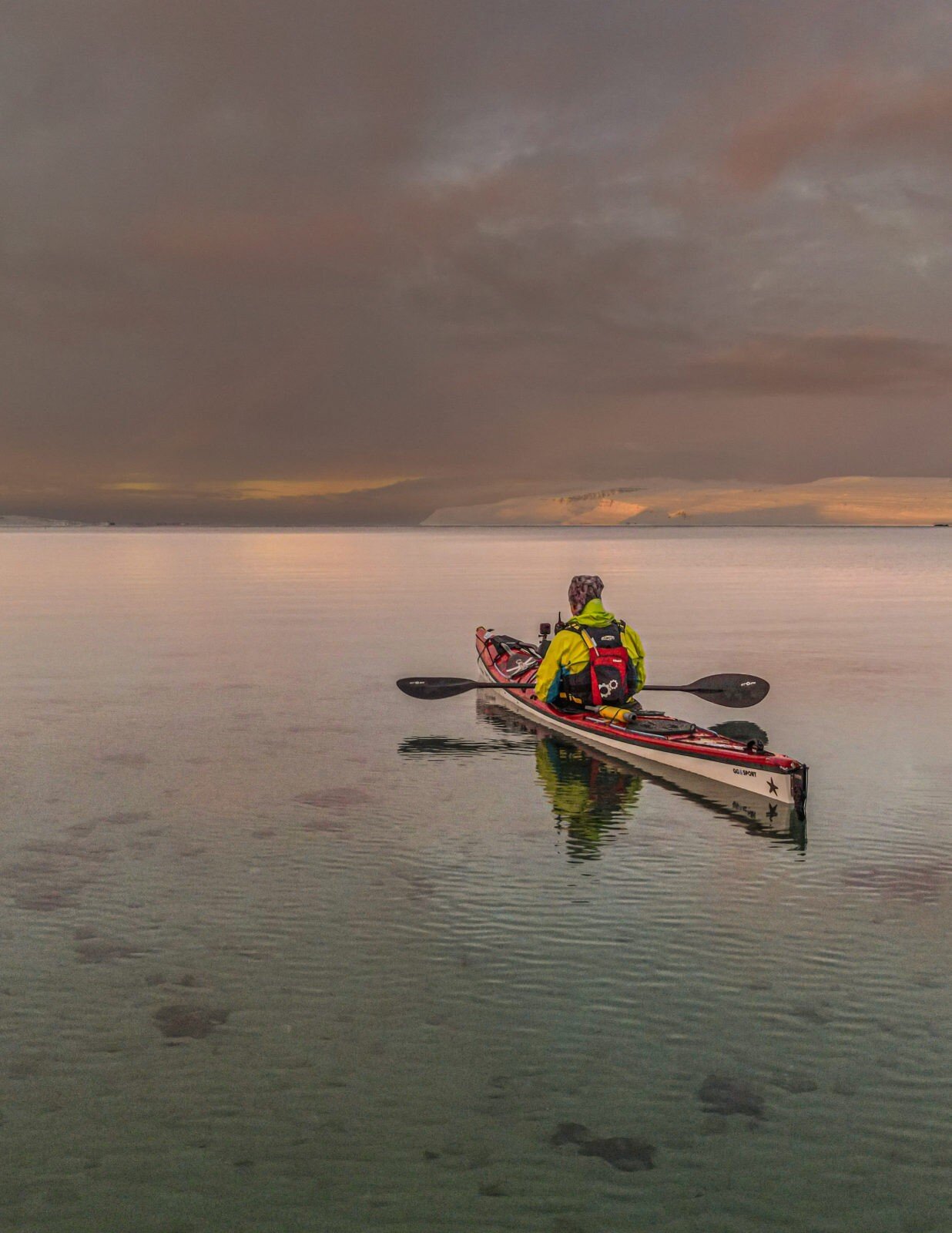
You are working on a new set of documentaries. Tell me about that.
Yes, I am making four new documentaries with Icelander film director Hrafnhildur Gunnarsdóttir at Krummafilms that will feature my journeys along the coastlines of Iceland, Norway, Sweden, and Finland. Last summer, I paddled halfway around Iceland for this new project, from my hometown of Ísafjörður in the Westfjords to Seyðisfjörður in the east of Iceland. These documentaries focus on the beauty of nature, the challenges of paddling a kayak, and of course, environmental issues, with a special spotlight on salmon farming at sea.
Sea-based salmon farming is a fast-growing industry here in Iceland. You are documenting its consequences for the environment. Why did you start?
A year ago, I was paddling alongside salmon pens, and I noticed dead birds on top of them. When I looked into the pens to investigate, I saw a lot of dead and severely injured salmon in the pens.
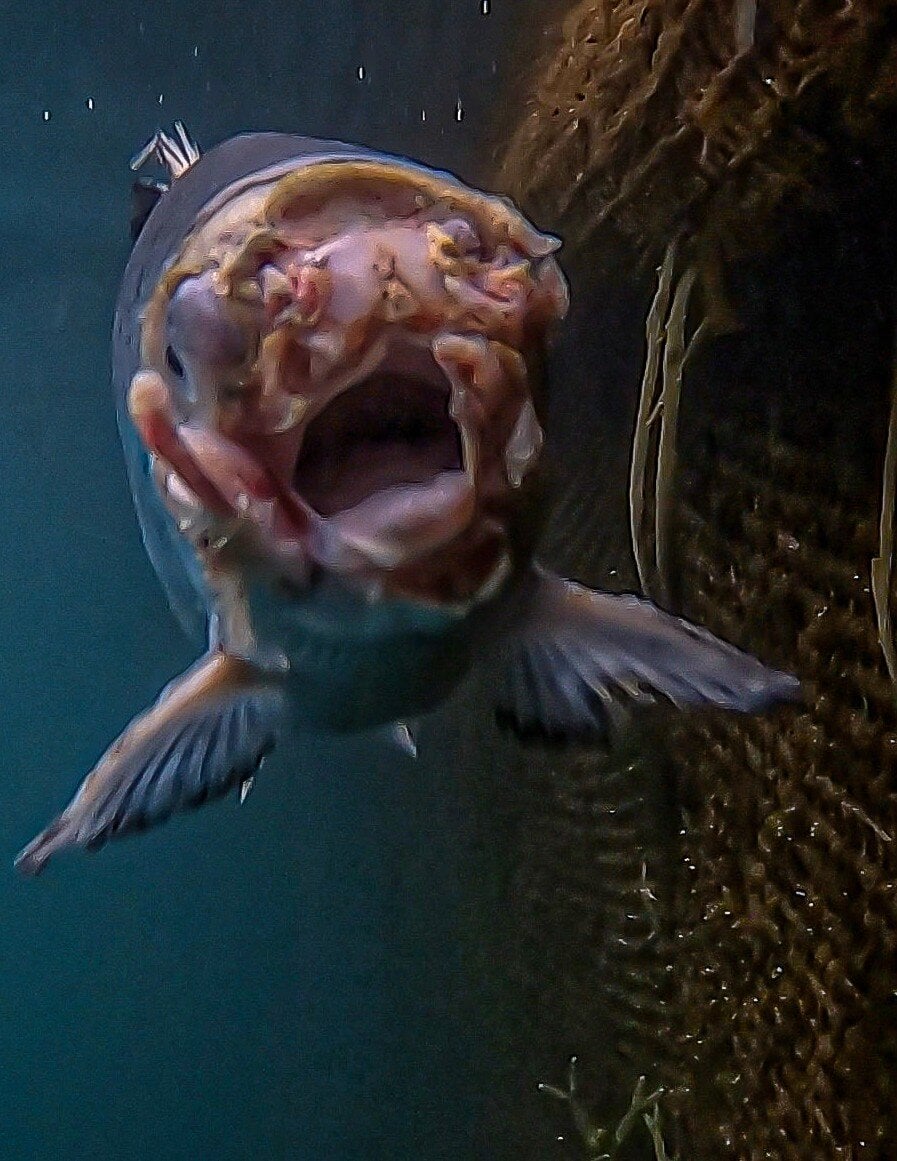
This made me think, and the more closely you look into this industry, the more you realize how dirty it is. Recently, there was an outbreak of the disease in one of the pens in the east of Iceland. I observed the workers from afar with binoculars and saw they worked hard to remove dead fish from the pens. After I published my video of the seabed underneath salmon pens, the companies involved in salmon-farming farming noticed my activism. They are not happy!
What are the main consequences of sea-based salmon farming, in your opinion?
First of all, sea-based salmon farming is harmful to the ecosystem on the seabed beneath the pens. All the waste from the salmon accumulates underneath them.
Poison is poured directly into the pens to protect the salmon from lice. The louse is a natural part of the ecosystem in the ocean, but when it gets into a pen full of salmon, it is a feast for the lice; therefore, poison is used. Nets must be kept free from seaweed and other vegetation. Copper sulfate is used for this, which is highly toxic for fish. If bred salmon escapes into nature, it can mix with indigenous salmon breeds and negatively affect them. Norwegian wild salmon is under threat for this reason.
What alternative solutions are there for salmon farming?
It is possible to grow salmon in land-based pens, but the start-up costs are higher. I think the companies are looking for a quick payout because they know they will not get away from sea-based farming for long. Most of the issues with salmon farming disappear if it is on land. There is no risk of interbreeding with wild salmon, and waste can be processed into fertilizer.
We have to think about the situation in 15 – 20 years. Consider the waters near Ísafjörður, which are vital spawning grounds for cod. How will they be affected by sea-based salmon farming? Are we going to ruin all that for a quick buck for Norwegian investors who own most of the salmon-growing companies?
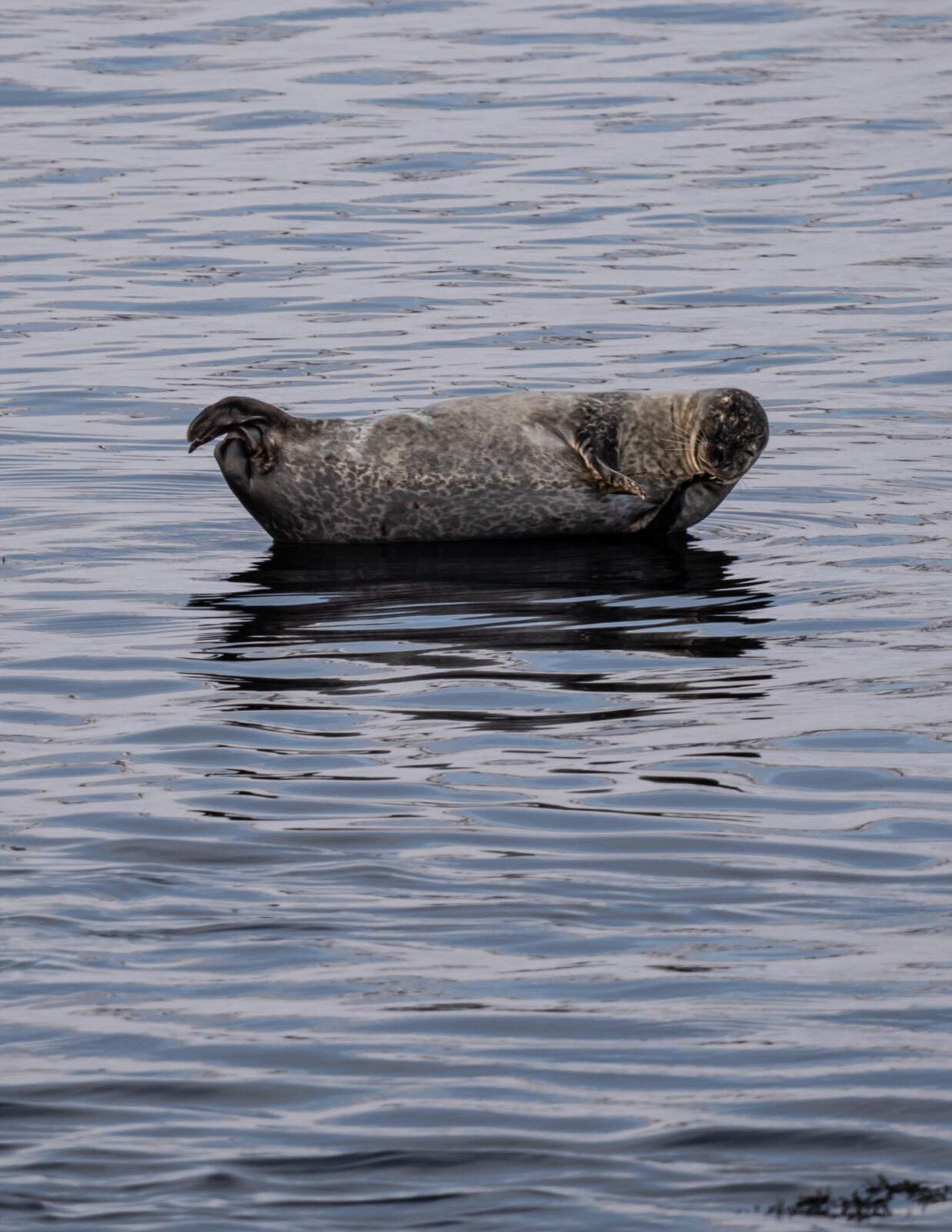
What are your prospects of success in your fight against sea-based salmon pens?
I am seeing much more criticism of the salmon farming industry. After I published my video of the thick bacteria-infused mud that accumulates beneath the pens and the injured salmon, the opposition to sea-based salmon farming is quickly growing. However, it is an uphill battle since the companies have gained a lot of influence in the local communities.
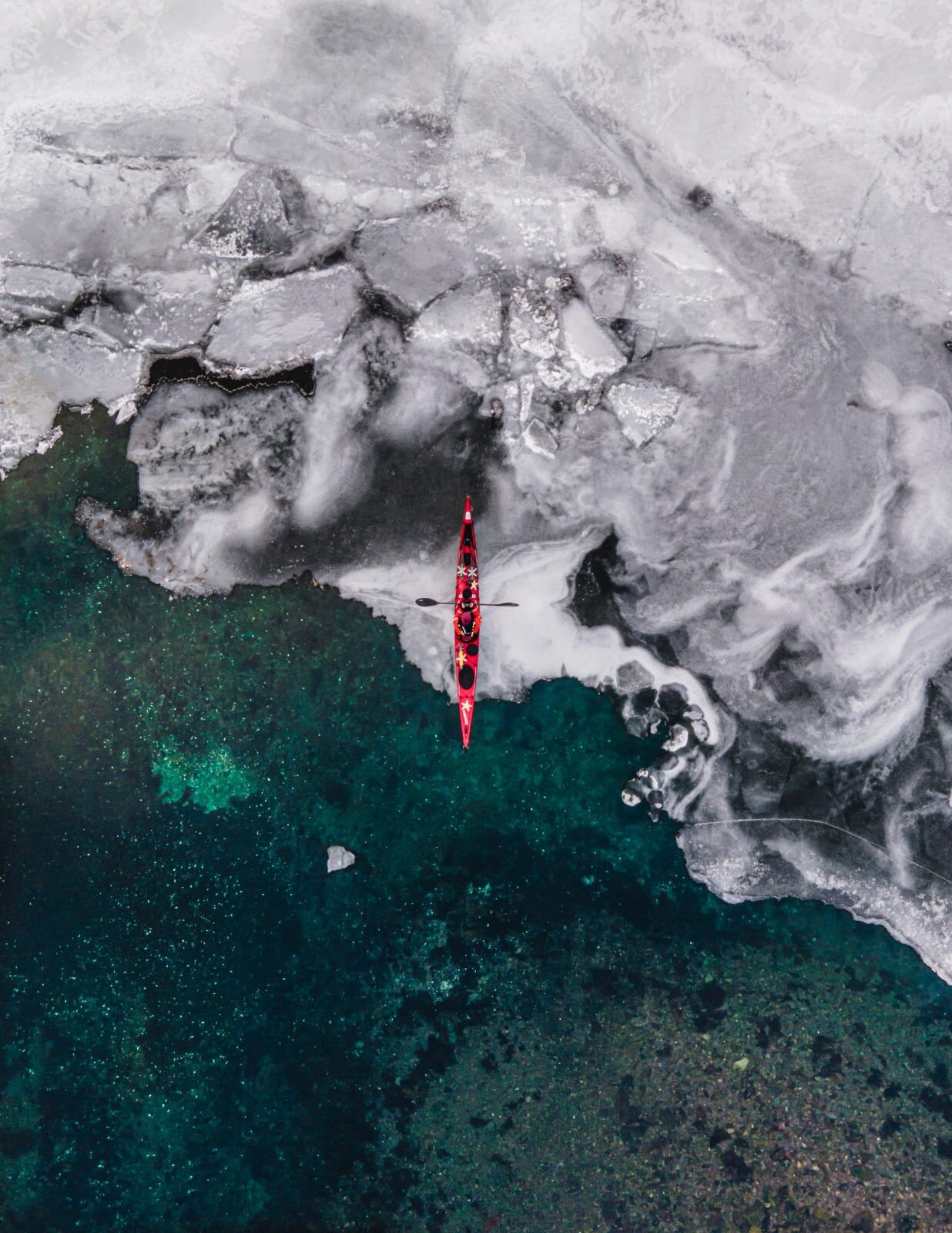
What are your favorite places to visit here in Iceland?
I have so many favorite places. It is incredible to paddle underneath the cliffs in the Westfjords, Látrabjarg, Hælavíkurbjarg, and Hornbjarg. It is also unbelievable to experience Mýrar in the bay of Faxaflói. The Skagafjörður in the northwest of Iceland is also beautiful. I stayed in a tent on Málmey island close to Drangey. It was just the puffins and me. Þórðarhöfði in Skagafjörður is unimpressive from land, but when you approach it by sea, it is just stunning. You experience Iceland differently when you see it from a kayak than from the ground. For example, I have driven the Westfjords many times, but seen from the sea, everything looks completely different.
Kayaking is a slow travel
You approach everything slowly, and you have plenty of time to take everything in. Sometimes seals or even whales come close to check you out. You are immersed in nature. Being on a kayak is also a pretty great way to travel. You can carry up to 50 kg. (110 pounds) of gear and supplies in the kayak, so it is relatively luxurious. All of this makes kayaking so appealing to me.
Want to go kayaking in Iceland
Veiga also guides and teaches kayakers. Contact her via her Facebook or Instagram page if you want to connect with her and enquire about trips.
